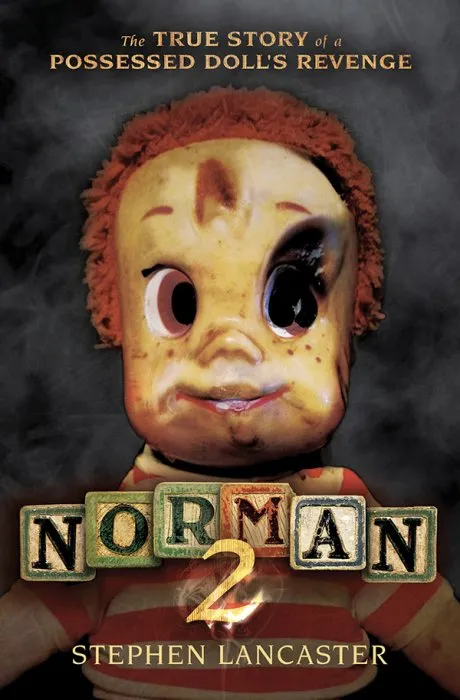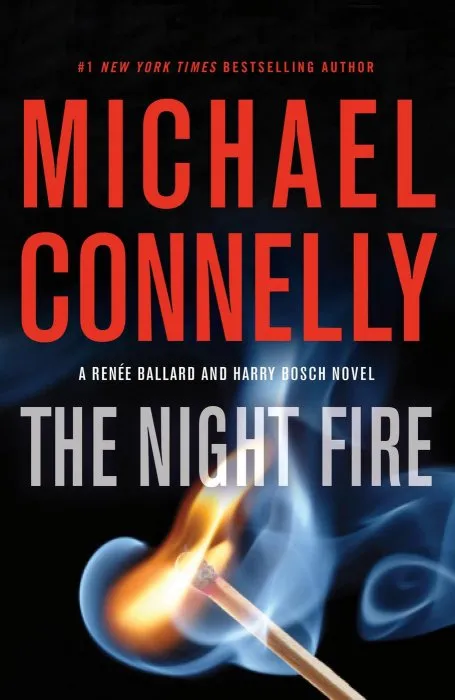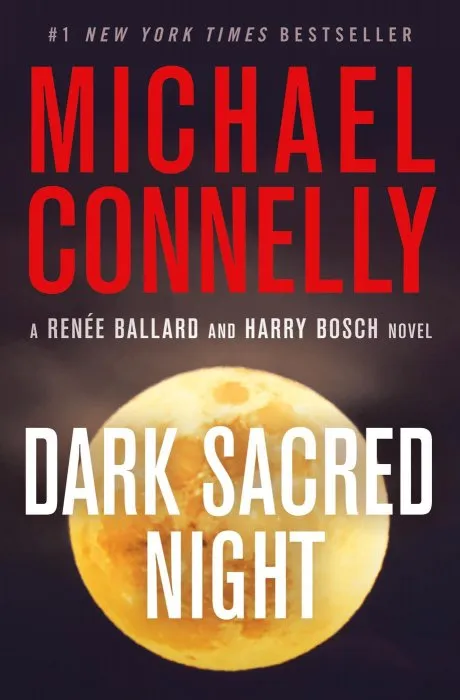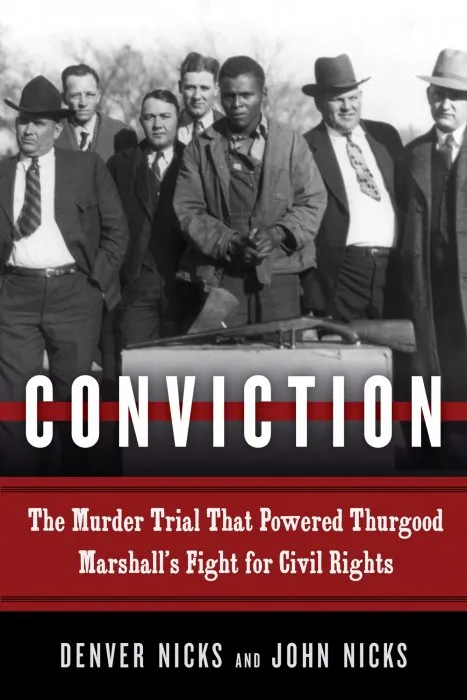Cry of Murder on Broadway: A Woman's Ruin and Revenge in Old New York
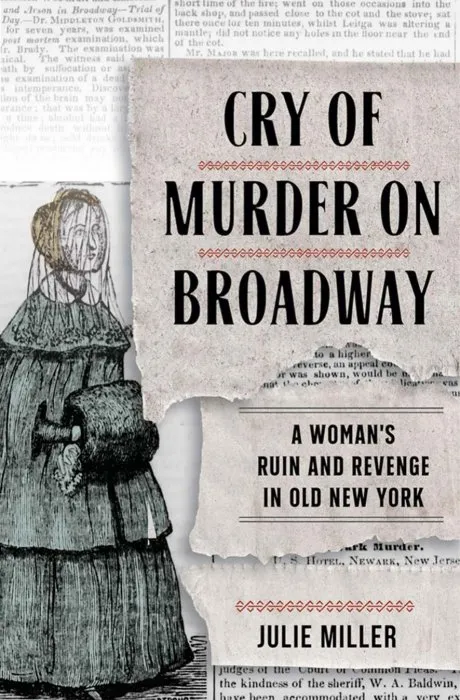
Date: October 15th, 2020
ISBN: 1501751484
Language: English
Number of pages: 280 pages
Format: EPUB True PDF
Add favorites
In Cry of Murder on Broadway, Julie Miller shows how a woman's desperate attempt at murder came to momentarily embody the anger and anxiety felt by many people at a time of economic and social upheaval and expanding expectations for equal rights.
On the evening of November 1, 1843, a young household servant named Amelia Norman attacked Henry Ballard, a prosperous merchant, on the steps of the new and luxurious Astor House hotel. Agitated and distraught, Norman followed Ballard down Broadway before confronting him at the door to the Astor House. Taking out a folding knife, she stabbed him, just missing his heart.
Ballard survived the attack, and the trial that followed created a sensation. Newspapers in New York and beyond followed the case eagerly, and crowds filled the courtroom every day. Prominent author and abolitionist Lydia Maria Child, championed Norman and later included her story in her fiction and her writing on women's rights.
The would-be murderer also attracted the support of politicians, journalists, and legal and moral reformers who saw her story as a vehicle to change the law as it related to "seduction," and advocate for the rights of workers. Cry of Murder on Broadway describes how New Yorkers, besotted with the drama of the courtroom and the lurid stories of the penny press, followed the trial for sensation. Throughout all this, Norman gained the sympathy of New Yorkers, in particular the jury, which acquitted her in less than ten minutes.
Miller deftly weaves together Norman's story to show how, in one violent moment, she expressed all the anger that the women of the emerging movement for women's rights would soon express in words.
On the evening of November 1, 1843, a young household servant named Amelia Norman attacked Henry Ballard, a prosperous merchant, on the steps of the new and luxurious Astor House hotel. Agitated and distraught, Norman followed Ballard down Broadway before confronting him at the door to the Astor House. Taking out a folding knife, she stabbed him, just missing his heart.
Ballard survived the attack, and the trial that followed created a sensation. Newspapers in New York and beyond followed the case eagerly, and crowds filled the courtroom every day. Prominent author and abolitionist Lydia Maria Child, championed Norman and later included her story in her fiction and her writing on women's rights.
The would-be murderer also attracted the support of politicians, journalists, and legal and moral reformers who saw her story as a vehicle to change the law as it related to "seduction," and advocate for the rights of workers. Cry of Murder on Broadway describes how New Yorkers, besotted with the drama of the courtroom and the lurid stories of the penny press, followed the trial for sensation. Throughout all this, Norman gained the sympathy of New Yorkers, in particular the jury, which acquitted her in less than ten minutes.
Miller deftly weaves together Norman's story to show how, in one violent moment, she expressed all the anger that the women of the emerging movement for women's rights would soon express in words.
Download Cry of Murder on Broadway: A Woman's Ruin and Revenge in Old New York
Similar books
Information
Users of Guests are not allowed to comment this publication.
Users of Guests are not allowed to comment this publication.
